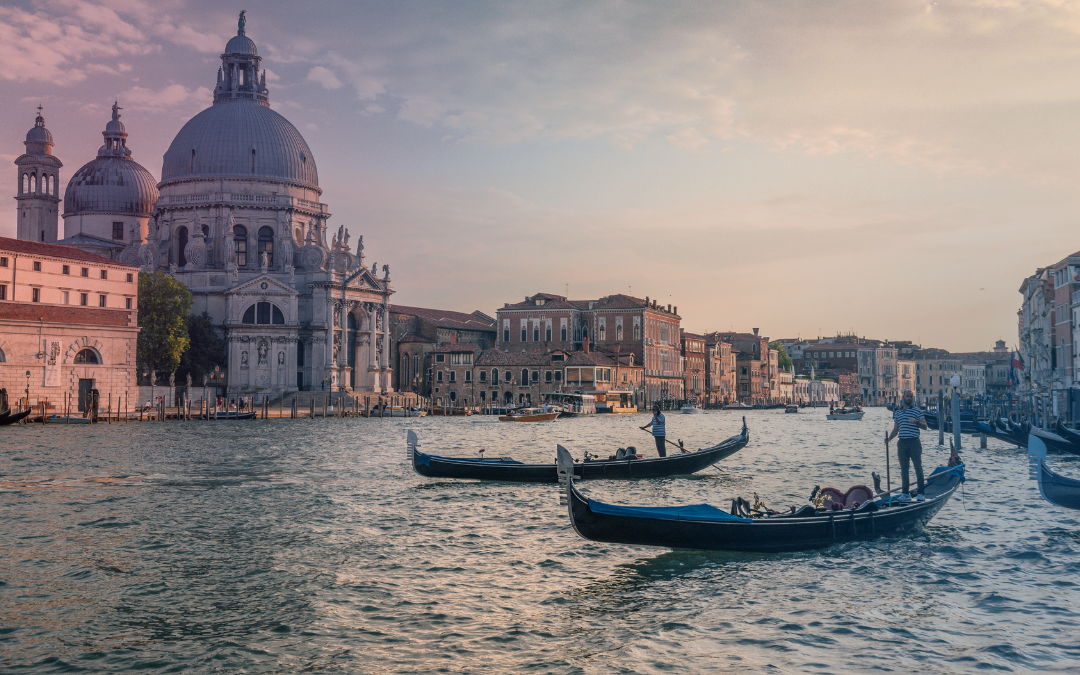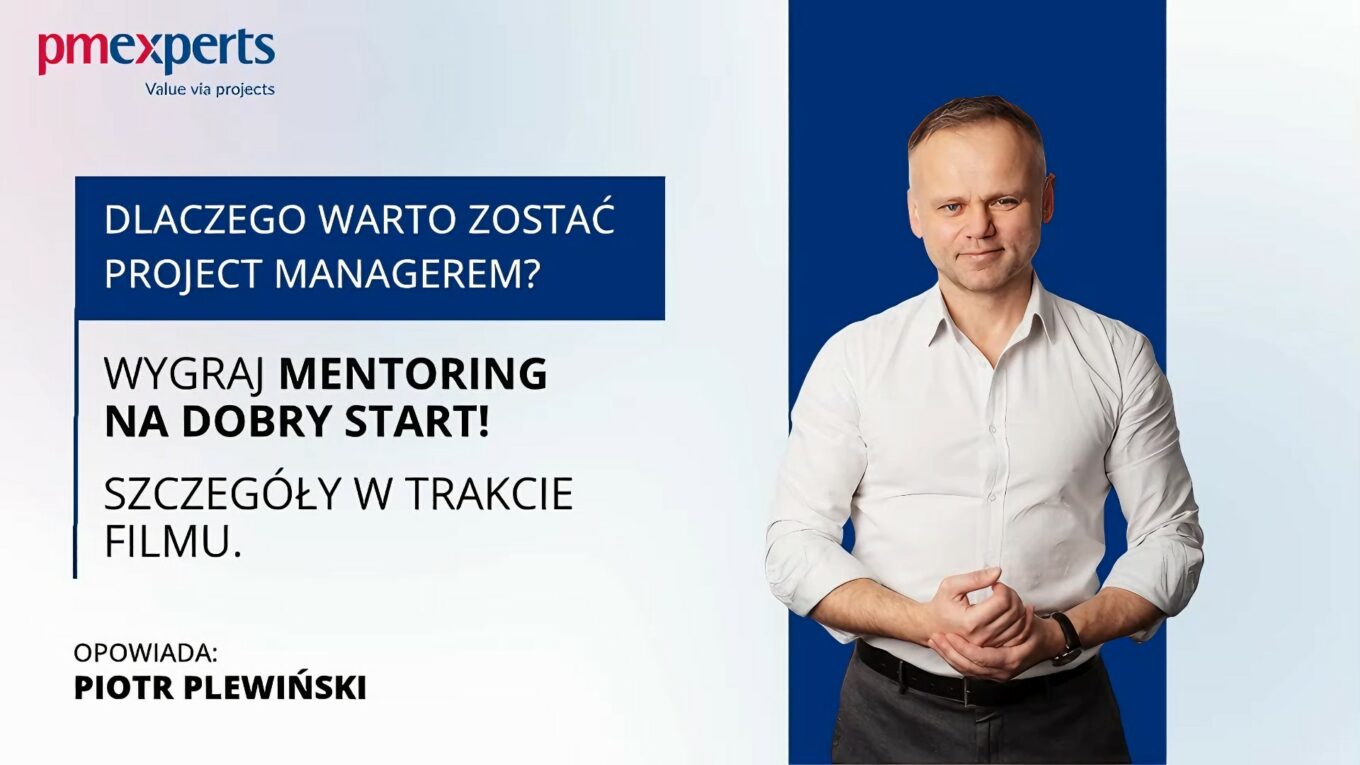Venice is one of the most recognizable cities in the world and also one of the most endangered. Just a few major floods each year were enough to make it clear that without an effective protection system against regular inundations, the city would gradually begin to disappear under water.
This is how the Mose project was born. It is a system of 78 mobile barriers designed to shield the lagoon from the force of the Adriatic Sea. The idea first emerged in the 1980s, but construction did not begin until 2003. The barriers were installed at three key entry points to the lagoon: Lido, Malamocco and Chioggia.
The goal of the project was to physically cut off the lagoon from the sea in situations of imminent flooding, ensuring effective protection of the city. In theory, the system was supposed to be completed within eight years and cost around 3 billion euros. In practice, its story became an example of a complex long term megaproject that has had to contend not only with water but also with politics, public opinion and its own planning mistakes.
For this reason, it is worth looking at Mose not only as a technological curiosity but above all as a case study in project management involving high levels of complexity and risk.
Master level complexity: the greatest challenges in project execution
Managing a project in a demanding marine environment, involving numerous government institutions, private contractors, technology partners and under constant scrutiny of public opinion, is the ultimate test. In the case of Mose, this level of complexity was evident from the very first days of implementation.
The engineering work required combining hydraulics, automation, marine construction and ecology. The construction was carried out in an active water environment that had to be both protected and modified at the same time. Every technical decision carried environmental consequences, and every delay raised questions about the validity of the entire project.
From the perspective of a project manager, the greatest challenge was managing organizational complexity. The project involved many stakeholders, each with different expectations and influence: the central government responsible for funding, local authorities seeking to maintain public support, environmental organizations focused on the impact on the lagoon, European Union institutions monitoring compliance with environmental regulations, and UNESCO overseeing the protection of the city’s cultural heritage.
There were also logistical limitations. Venice could not simply be “closed down” during construction. The city relies on tourism and water-based logistics. Every intervention in the canals or the lagoon required coordination with dozens of local operators and services.
In such conditions, effective planning, clear division of roles, risk management and communication not only had to be well designed but also highly flexible. As the history of Mose shows, achieving this in practice turned out to be far more difficult than on paper.
Turning points and crises that changed the course of the project
There is no project of this scale without difficult moments, but Mose went through an exceptionally high number of them. Instead of a story of smooth execution, we have here an example of how quickly a megaproject can spiral out of control and what this means in practice for project managers.
The most serious crisis erupted in 2014 when a corruption scandal came to light. More than 30 people, including politicians, officials and members of the consortium responsible for Mose, were charged with embezzling public funds. At the same time, further technical problems appeared, such as corrosion of barrier components, underestimated maintenance costs and the absence of a ready operational model.
These events revealed fundamental gaps in risk management. The project lacked strong mechanisms of quality control, budget oversight and decision making transparency. For years the dominant model had been to build first and solve problems later.
At the planning level there was also a lack of flexibility. Mose had been designed in the context of the 1990s but built in a time when climate conditions began to change rapidly. The rise in sea level, which at the time of project approval had been a forecast, has now become a fact. This means that the system, still under implementation, may be effective for only 30 to 40 years before requiring major upgrades or even reconstruction.
And finally there was communication. For a long time Mose was a project carried out behind closed doors. There was a lack of transparency, no regular updates on progress, and contact with the local community was kept to a minimum. In the context of project management, the conclusion is clear. Ignoring or marginalizing stakeholders will inevitably backfire, and usually at the least convenient moment.
Key conclusions and practical lessons for project leaders
Is Mose a successful project? Technically, the barriers work. In 2020 they protected Venice from a flood wave for the first time. Since then, the system has been activated dozens of times and has fulfilled its function. Yet from a project management perspective it stands as a textbook example of how the absence of a clearly defined and consistently executed management model can lead to loss of control over schedule, budget and scope, ultimately putting the strategic goals of the initiative at risk.
Several important lessons can be drawn from the Mose experience. First, the larger and more complex a project is, the more critical the basics become: a clear structure, well defined responsibilities and transparent procedures. Second, although not all scenarios can be predicted, well prepared risk analyses should serve as a real decision making tool rather than a mere formality. Another lesson concerns the role of stakeholders. Their involvement, from partners to local communities and public institutions, must be embedded in the rhythm of project activities from start to finish. Finally, transparent communication is the foundation of trust. Even the most complex project can be described in simple, understandable terms by showing both progress and problems instead of hiding them.
For every project manager, Mose is both a warning and a lesson. It shows how thin the line is between an ambitious vision and a project slipping out of control. But it also reminds us that even after a series of mistakes it is possible to get back on track if concrete changes are introduced in the way the project is managed.
If you want to gain more practical lessons from similar case studies and strengthen your skills in managing complex projects, join the PMP® Academy. It is a program that combines proven methods, the expertise of experienced professionals and intensive work on real project challenges. The new edition starts this autumn and is also available with co funding through the Development Services Database.
Article written by Zuzanna Pajdosz
Sources:










